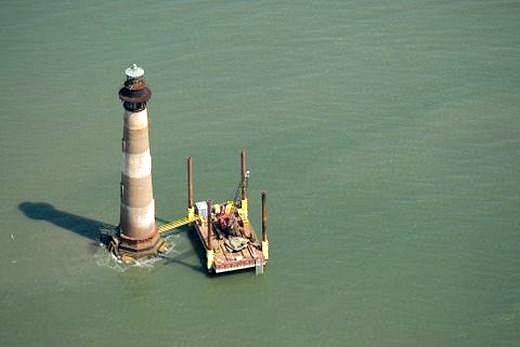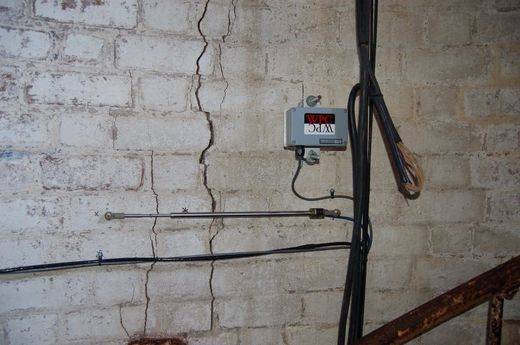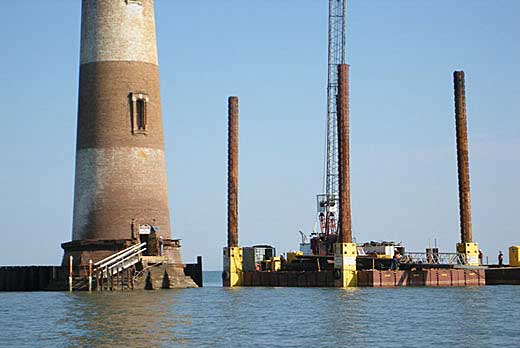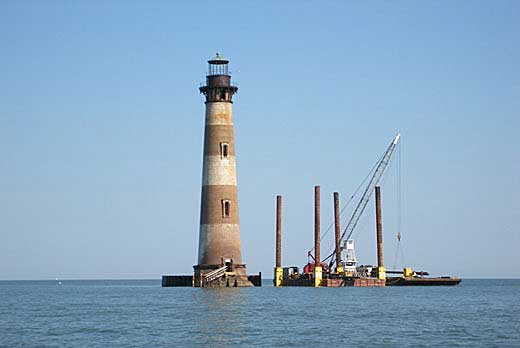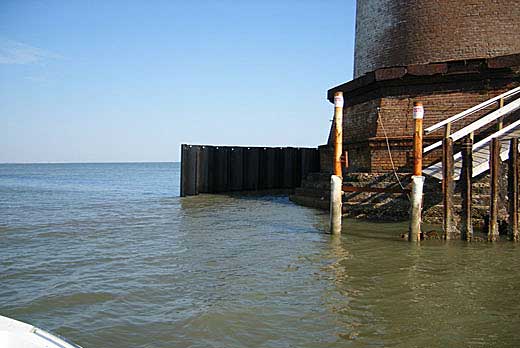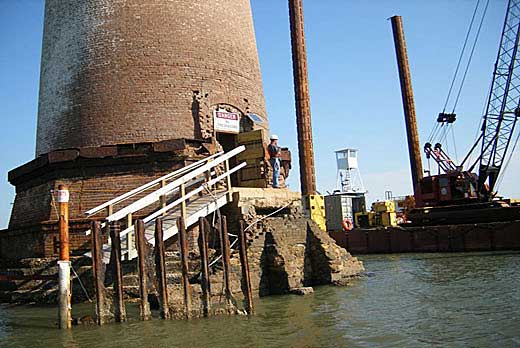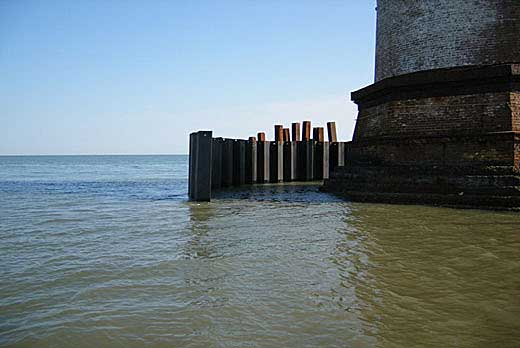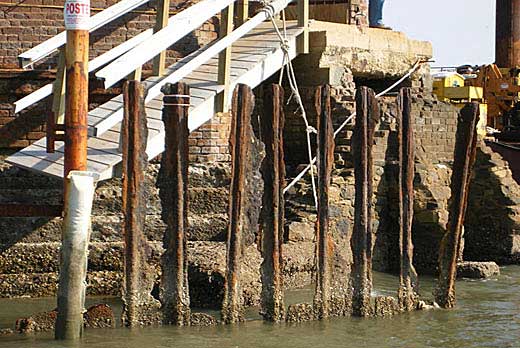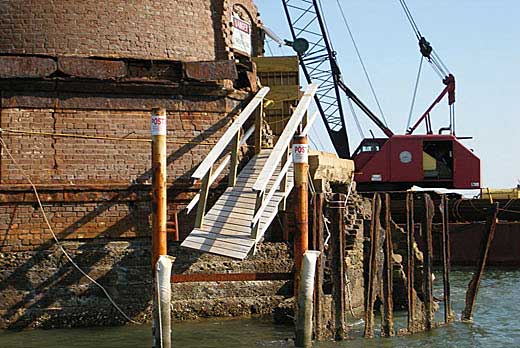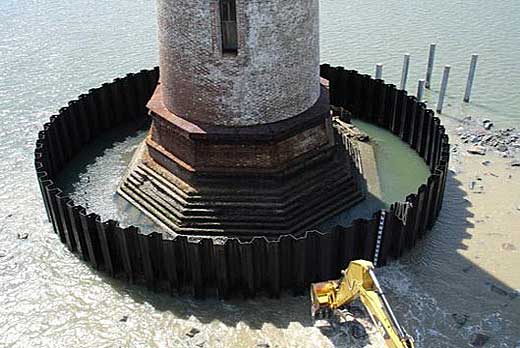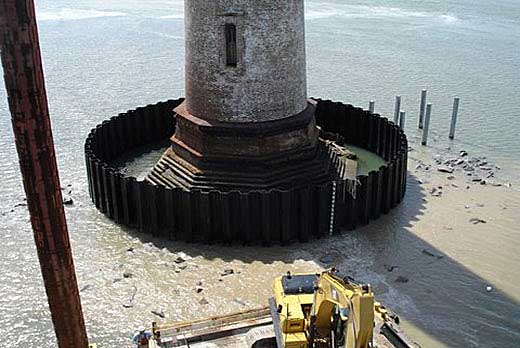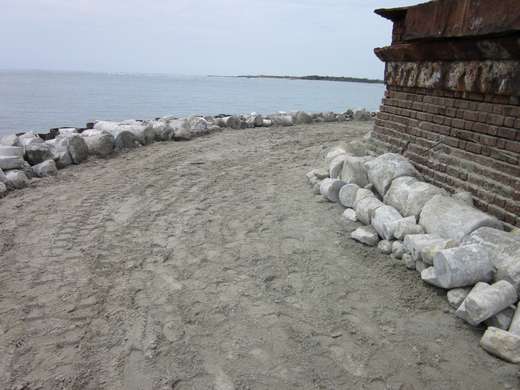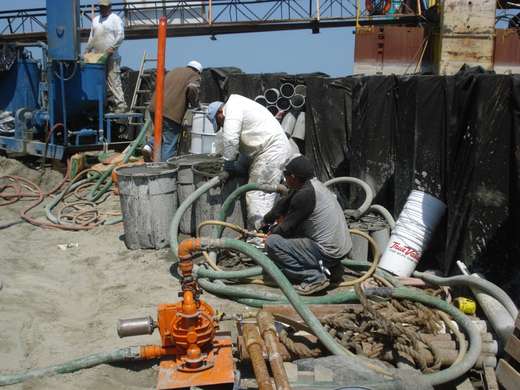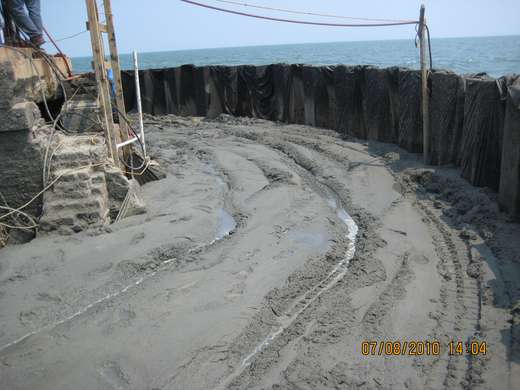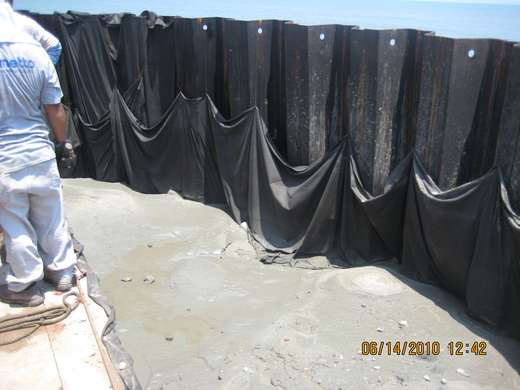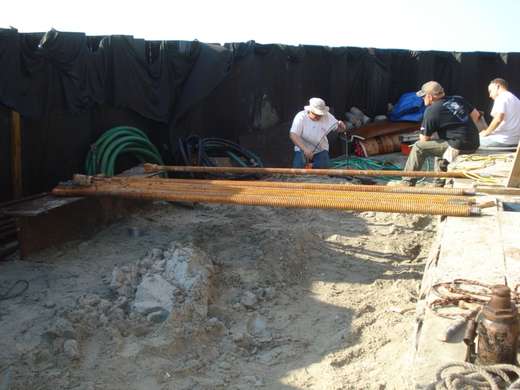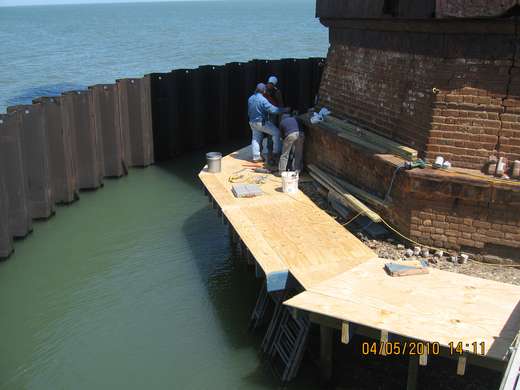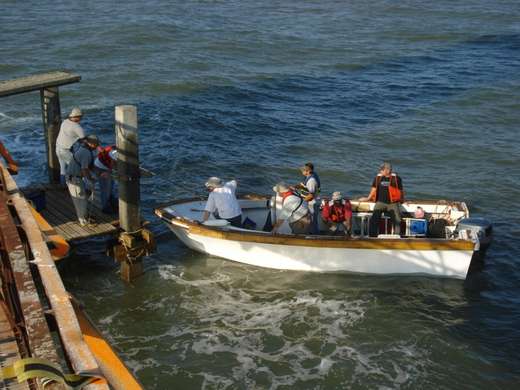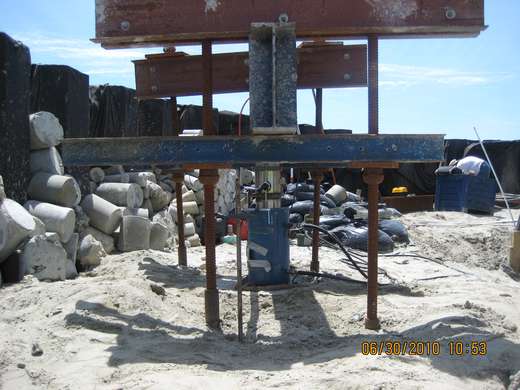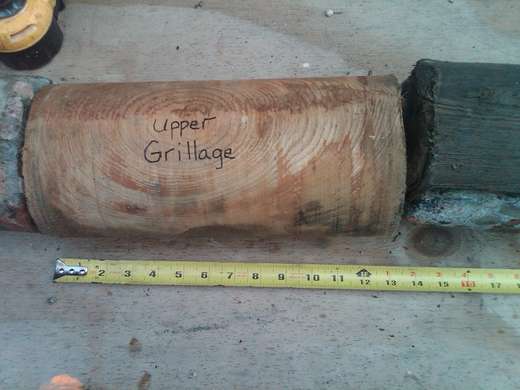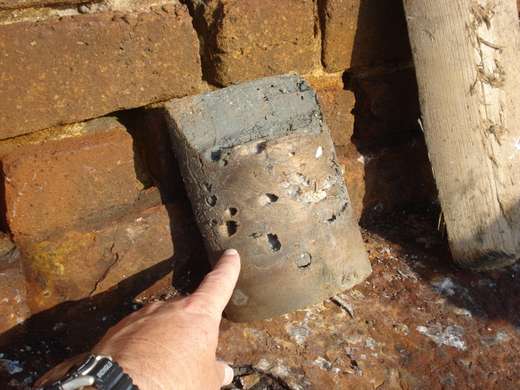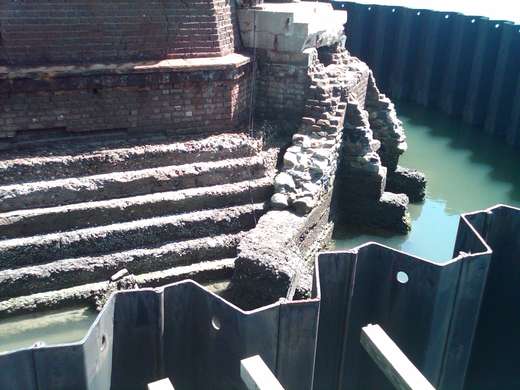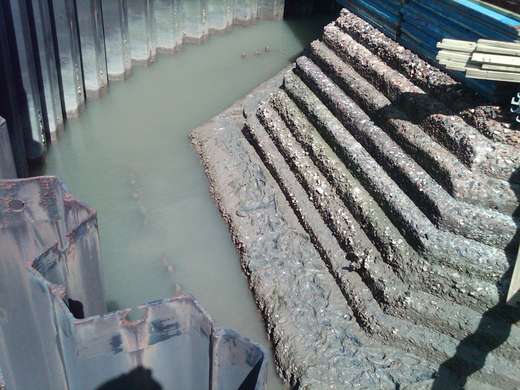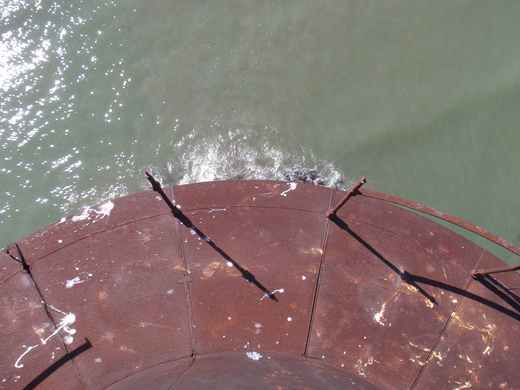About Us
Save The Light, Inc.
Make a Donation
Become a Member Today

Johnny Ohlandt on his way home from the lighthouse
Our Story
The lighthouse had been in private hands since the GSA sold it at auction in 1965 to a private citizen. A businessman who hoped it would compliment plans for a camping ground on Morris Island purchased it. One year later, the lighthouse was purchased by another entrepreneur who was a partner in the firm that had just bought all of the land, high and submerged, on Morris Island. The lighthouse was intended to compliment an eventual real estate development. In 1996, a Columbia businessman unwillingly ended up with the lighthouse in a foreclosure action on a mortgage. While in private hands, the lighthouse suffered further erosion, deterioration and neglect.
When the new owner put the lighthouse up for sale, James Island resident Barbara Schoch saw an opportunity. She sought out Johnny Ohlandt, a James Island resident and conservationist who has lived his entire life on the water surrounding the lighthouse. From that simple beginning the idea quickly grew. As word spread, organizers found that there were several pockets of citizens coming together to discuss the lighthouse. In 1996, these groups came together as one.
Initially, the group was called the Morris Island Lighthouse Committee. It first proposed that the Charleston County Parks and Recreation Commission buy the lighthouse. The committee would then form a nonprofit foundation to raise the funds needed for preservation.
Barbara Schoch became Chairperson. Public support came. Thousands of South Carolinians signed petitions urging the PRC to buy the lighthouse. While the Parks and Recreation Commission consulted with the state on the legalities involving ownership of the lighthouse, precious time was being wasted. In fact, yet another real estate developer expressed interest in the lighthouse.
“Lighthouses have always played an important role in our maritime history while symbolizing safety, security, heroism and faithfulness. Please help us remain faithful to ourselves by preserving this important piece of our past, present and future.”
— Barbara Schoch in a letter to the editor of The Post and Courier
Purchasing the Light
From the outset, Save The Light understood and acknowledged the importance of the lighthouse being owned by the State of South Carolina. Simply put – the federal charter of the US Army Corps of Engineers does not allow the Corps to work directly with Save The Light or any private group. The Army Corps of Engineers may work only on government-owned property or projects. The expertise, assistance, and federal matching funds from the Corps are needed for the stabilization study. Further, and most importantly, the Corps can design, install, and fund the needed erosion control around the lighthouse following stabilization to prevent future threats to the lighthouse. Without state ownership and the Army Corps of Engineers’ assistance, the prospects for saving the lighthouse would suffer a serious setback.

“Saving the Morris Island Lighthouse is symbolic of what’s great about America. A group of citizens recognizes a need, and they get together and do something about it. In the case at hand, the need is to acquire and stabilize a structure, which, more than anything else, attests to our heritage as a seafaring community. The Maritime Association of the Port of Charleston has made a financial contribution to Save The Light. We congratulate its organization on the acquisition of the lighthouse and thank them for their vision.”
— John F. Hassell, III, President of the Maritime Association, in a letter to the editor of The Post and Courier

Artist Jim Booth released a special-edition print to raise funds for Save The Light, Inc.
“Save The Light took charge of efforts to save the 123-year-old lighthouse, a nationally recognized landmark when public agencies wouldn’t. It has done a magnificent job: It purchased the lighthouse from the owner, sustained the initial purchase price, and initial engineering studies have been completed. The level of public support generated for its preservation underscores the importance of the historic Morris Island Lighthouse to the community. The campaign for its preservation now needs the assistance of the state to move to the next stage.”
— Editorial from The Post and Courier, Nov. 2, 1999
Heritage Trust Program and the Department of Natural Resources
The title transfer took place in December 2000.
Save The Light, Inc. signed a 99-year lease for the Morris Island Lighthouse. Save The Light raises the needed funds, works with the Army Corps of Engineers, and coordinates the preservation efforts for the lighthouse. The organization will also establish a long-term maintenance program for the lighthouse.








